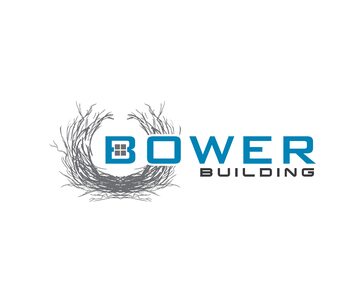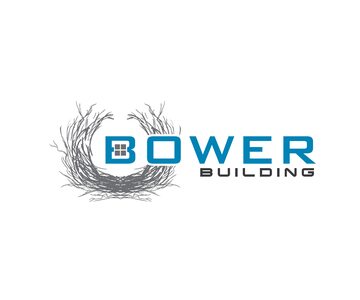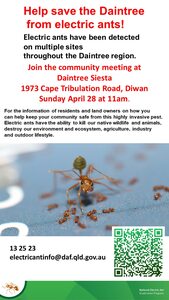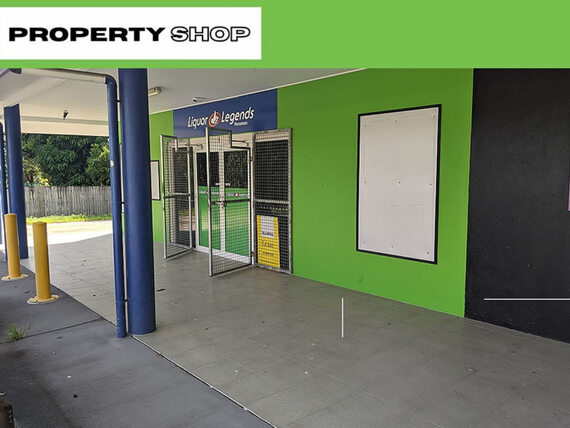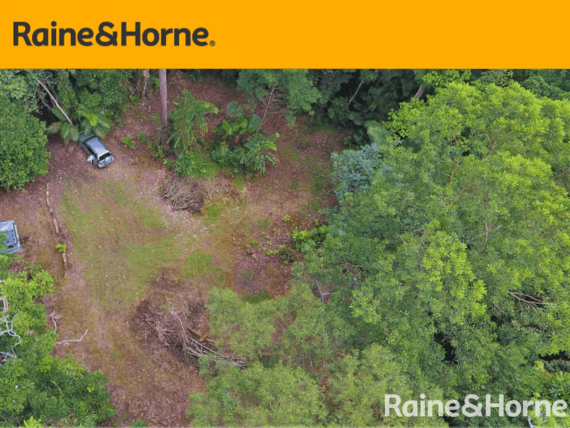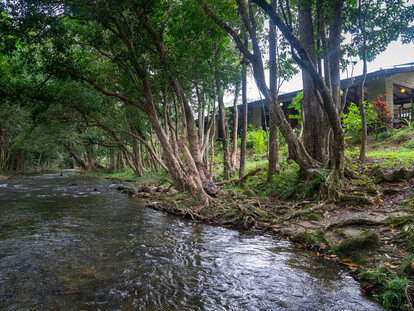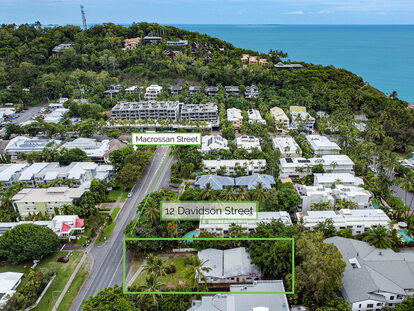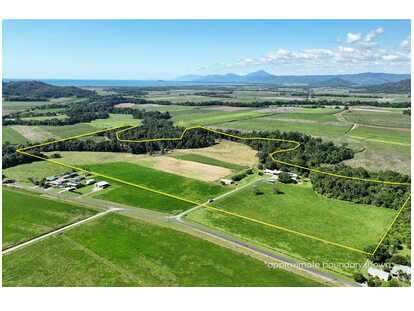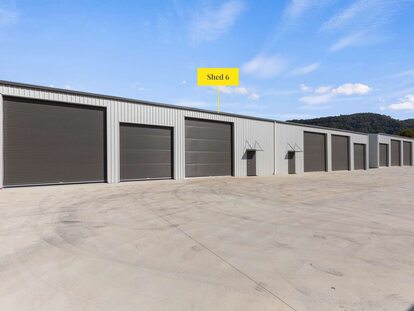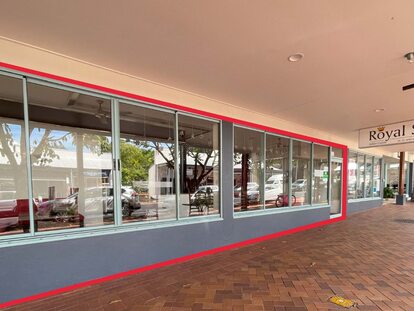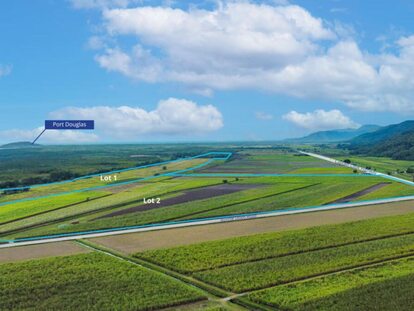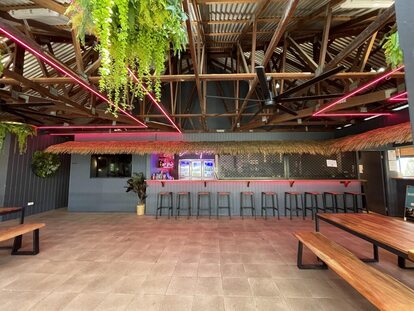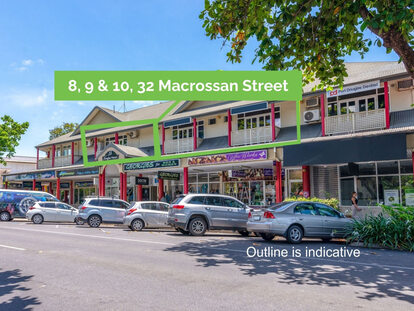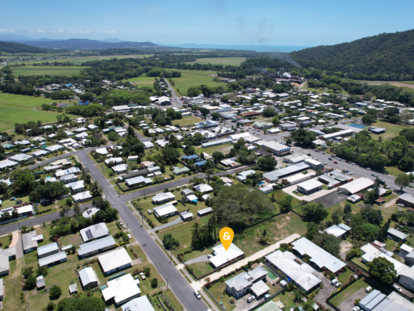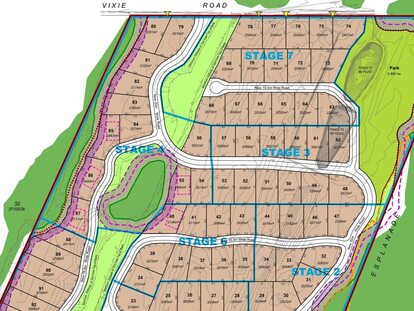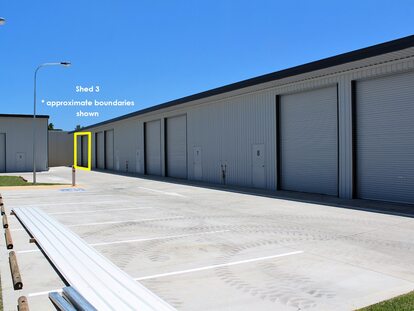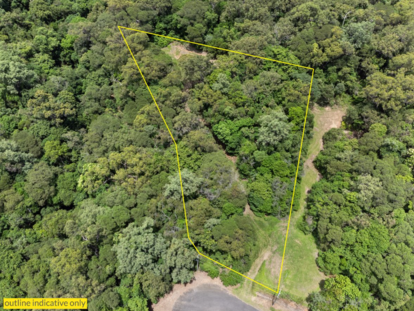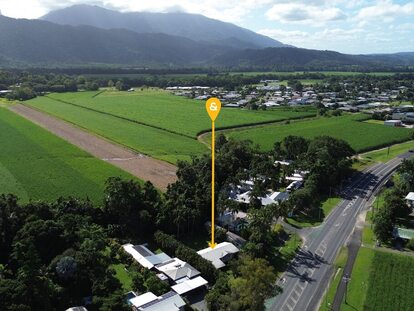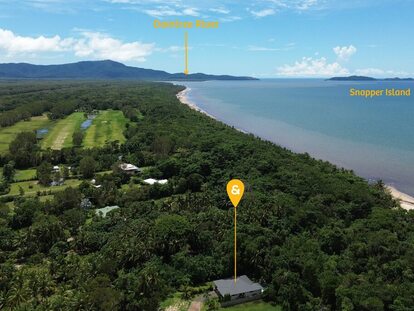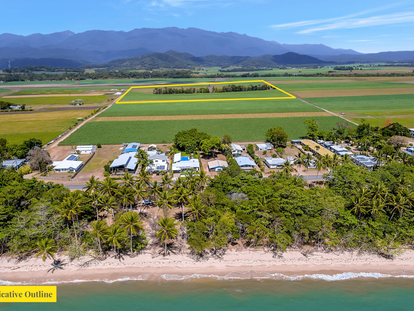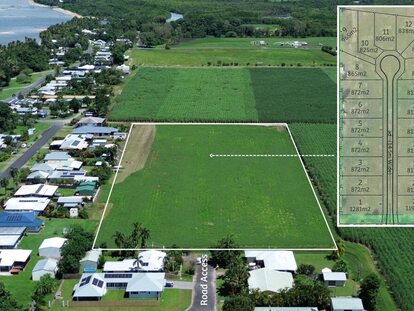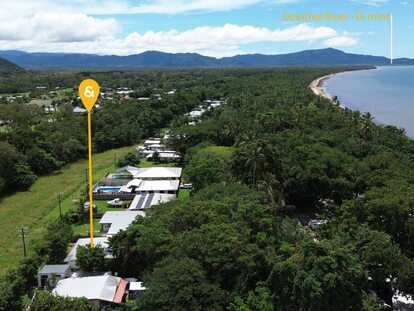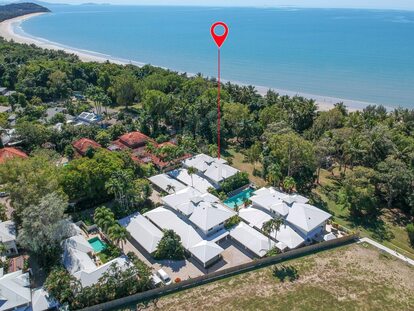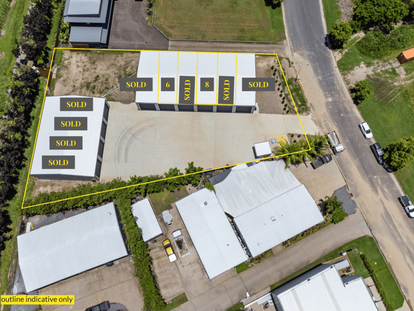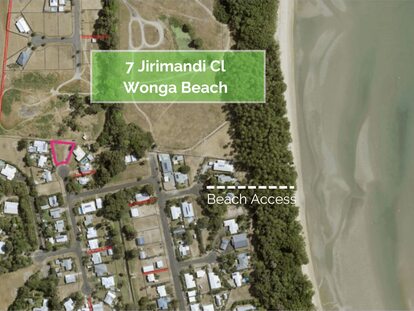Managing COVID-19 in workplaces
COVID-19
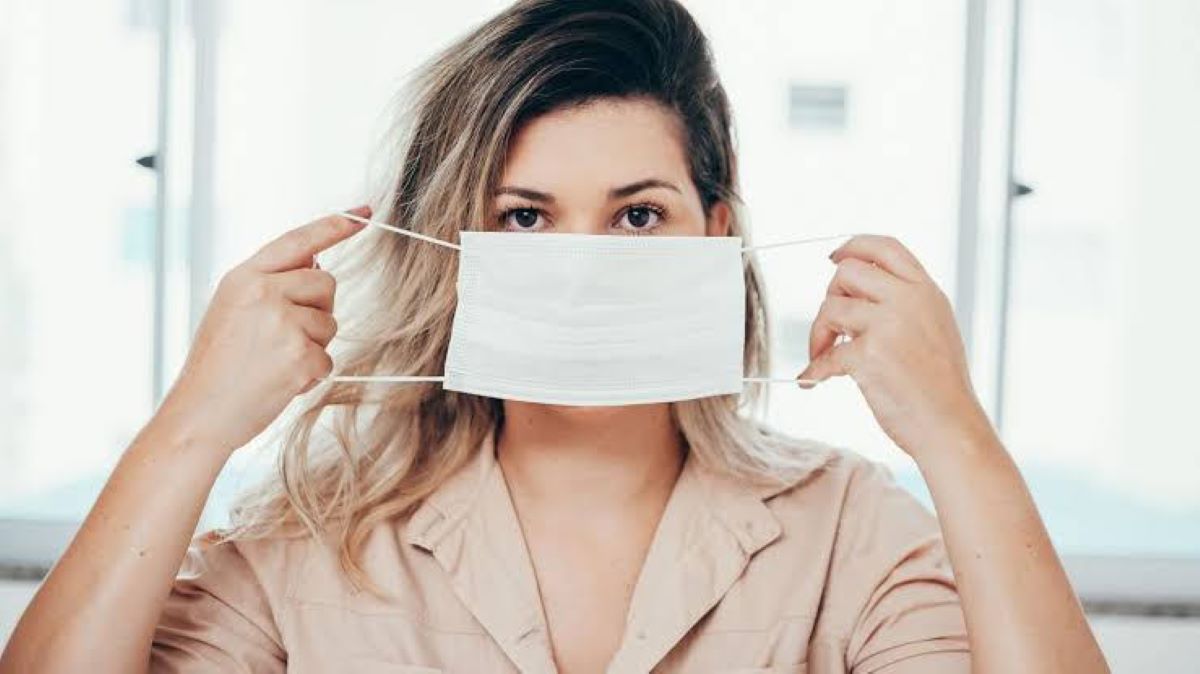
As COVID-19 becomes more prevalent in our community, people who have COVID-19 will visit businesses and workplaces.
Our health response will continue to:
- encourage anyone with symptoms to get tested
- identify and contact trace COVID-19 cases
- identify close, casual and low risk contacts of COVID-19 cases
- include testing and quarantine of higher-risk contacts.
If you own or operate a business, you should review your continuity plans and think about ways you can mitigate risks associated with COVID-19 people entering your premises – either staff or patrons.
Preparing for COVID-19 in the workplace
It’s a good idea to plan and prepare for scenarios where people with COVID-19 enter your workplace – both staff and patrons.
Consider if, and how, your business will continue to operate if staff contract COVID-19 or if they need to quarantine as close contacts. This may include changing routines to reduce mixing of staff or changing rosters to introduce staff bubbles.
Consider safety measures such as:
- screening staff, contractors, customers and other visitors to the workplace for COVID-19 symptoms
- keeping accurate and up-to-date employee timesheets and records of attendance at the workplace, such as through a virtual or physical sign-in
- making sure customers, contractors and other visitors use the Check In Qld app
- maintaining up-to-date contact details for employees to help with contact tracing.
If someone with COVID-19 enters your workplace
As soon as you become aware that someone with COVID-19 has entered your workplace, there are some steps you need to take.
Download the guide to Managing the COVID-19 in workplaces (PDF)
You will need some information about the movements of the COVID-19 case to complete these steps. This will usually be possible if the COVID-19 case is a staff member or regular contractor/service provider.
You may need to seek legal or professional advice before collecting information about the movements of staff or their vaccination status.
Step 1: Determine if your staff had contact with the COVID-19 case during their infectious period
A person who has COVID-19 is generally considered to have been infectious from 48 hours prior to the onset of their symptoms (or, if they don’t have symptoms, 48 hours prior to when their positive test was taken).
Staff who have had no contact with the COVID-19 case will not be considered contacts. Generally, no further action on their part will required, unless advised otherwise by the Public Health Unit.
For staff who did have contact with the COVID-19 case, continue to the next steps.
Step 2: Determine the duration of contact
For each staff member who had contact with the COVID-19 case, determine the cumulative amount of time they were in contact.
Generally, fleeting contact (less than 1 minute) or contact that is not prolonged (1-15 minutes) will mean the staff member is less likely to be considered a close contact than if they’d had prolonged contact (more than 15 minutes).
Where there is uncertainty, use caution and maximise the estimate of the duration.
Step 3: Determine the proximity of contact
For each staff member who had contact with the COVID-19 case, determine if the distance between the COVID-19 case and the contact was less or more than 1.5m.
Generally, the greater the distance, the lower the risk, and the less likely it is that the staff member will be considered a close contact.
Where distance is uncertain, use caution and minimise the estimate of the distance.
Step 4: Determine close and casual contacts
A staff member who had more than 15 minutes face-to-face contact with the COVID-19 case is a close contact.
Close contacts need to get tested immediately, and quarantine for 7 days if they are fully vaccinated. They need to quarantine for 14 days if they are not fully vaccinated.
A staff member who had contact with the COVID-19 case, but it was less than 15 minutes or not face-to-face, is a casual contact.
Casual contacts need to get tested immediately, and quarantine until receiving a negative test result.
Notify your staff about what they need to do if they are a close or casual contact.
Keep the information you have used to make your assessment. Your local Queensland Health Public Health Unit may also contact you and conduct a formal assessment of close and casual contacts.
Refer to Managing the COVID-19 in workplaces (PDF) for more information on classifying contacts.
Step 5: Workplace cleaning
As soon as you become aware that someone with COVID-19 has attended your workplace, you should perform a clean.
You may need to close temporarily to do so, but most businesses will only need to close for a short time.
Routine cleaning with standard household cleaning products is acceptable. A deep clean is not necessary.
Sectors
This guidance is applicable to most general and essential businesses and industries, including (this is not an exhaustive list):
- accommodation (hotels, hostels, backpackers and camping grounds)
- hospitality (cafés, restaurants, pubs, functions and weddings)
- office environments
- public transport (buses, trains, trams, taxis and ride share)
- retail services (supermarkets, service stations and general retail)
- entertainment venues (cinemas, theatres and concert halls)
- higher educational settings (universities, TAFEs and registered training providers)
- beauty and personal services (hairdressing salons, spas and nail salons)
- construction and trade
- transport freight and logistics
- mining, energy and resources
- end-of-life services (funeral homes and crematoria)
- community sport (gyms, swimming pools, saunas and dance studios)
- places of worship
- community facilities (libraries, museums, zoos and aquariums)
- recreation facilities (stadiums, showgrounds, racecourses, agricultural shows and theme parks).
Queensland Health will work closely with workplaces or sectors that provide functions critical to the State, to ensure continuity of service.
Queensland Health may determine that some critical workers, who are close contacts, could continue to work if placing them in quarantine would jeopardise the continuity of a critical service. To mitigate the risk, Queensland Health may institute additional requirements such as wearing PPE or regular testing.
These sectors include:
- utilities (electricity services, water services and sewerage services)
- emergency services (police, fire and emergency services)
- food manufacturing and distribution
- defence
- agriculture
Thank you!
Newsport thanks its advertising partners for their support in the delivery of daily community news to the Douglas Shire. Public interest journalism is a fundamental part of every community.
Got a news tip? Let us know! Send your news tips or submit a letter to the editor here.
* Comments are the opinions of readers and do not represent the views of Newsport, its staff or affiliates. Reader comments on Newsport are moderated before publication to promote valuable, civil, and healthy community debate. Visit our comment guidelines if your comment has not been approved for publication.






